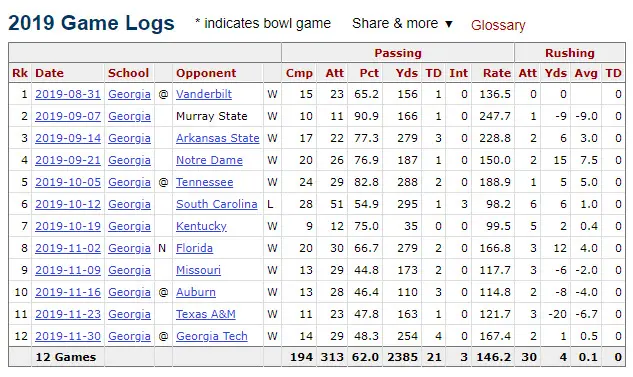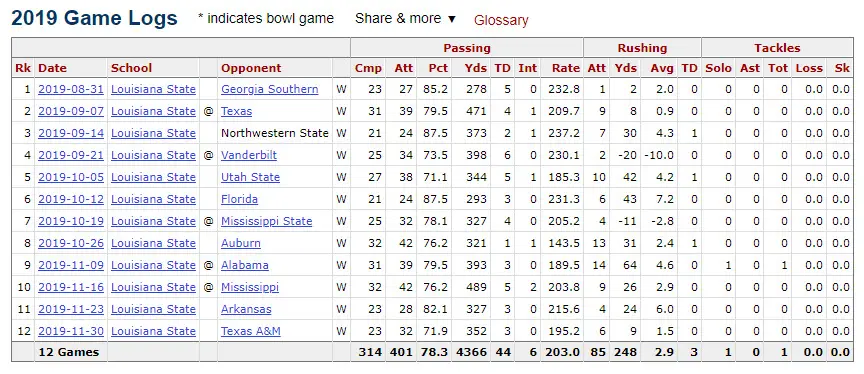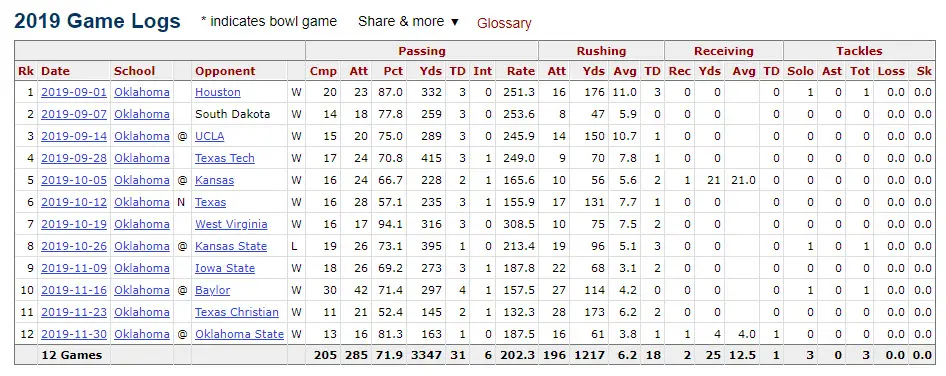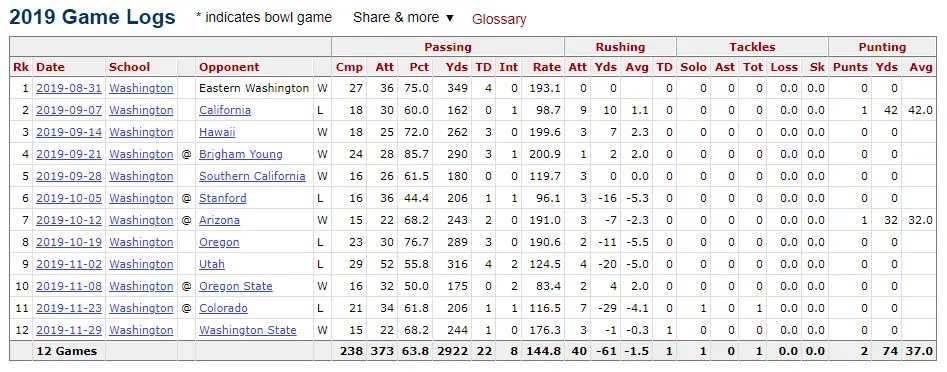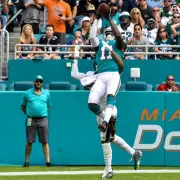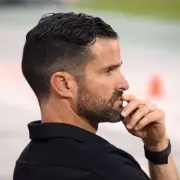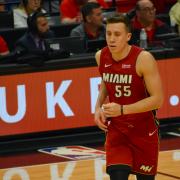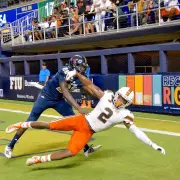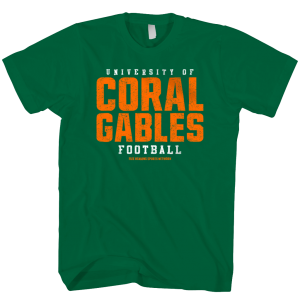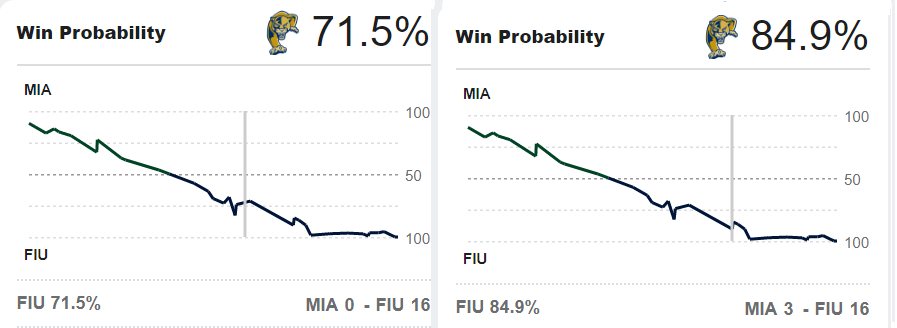Jake’s Take: DeVante Parker shining after four seasons clouded by doubt
After four seasons of underwhelming performances, injuries and benchings, wide receiver DeVante Parker is playing like a first round pick.
The Dolphins entered the 2015 draft needing a game-changing wide receiver. Parker was described as a player who can dominate with his 6’3” frame and 33-inch arm length. The Dolphins saw his strengths in performances against New York and Baltimore in his rookie season. He caught seven targets for 143 yards and two touchdowns in the two-game span.
Parker’s weaknesses were also on display. He struggled with injuries in his senior season at Louisville and quickly developed a reputation as an injury-prone receiver.
“I was perceived as a bust,” Parker said after Sunday’s win over the Eagles. “The thing has changed now.”
The Dolphins cleared out Adam Gase and his coaching staff after a disapointing 2018 season.
Owner Stephen Ross mentioned on how he wanted the Dolphins to build a team the right way. General Manager Chris Grier and coach Brian Flores spent the offseason searching for players with low risk and high potential — without breaking the bank. Despite remaining in Miami, it was a fresh start for Parker with a new coaching staff running the show in Miami.
“They gave me another chance,” Parker said. “They didn’t have to.”
After declining Parker’s fifth-year option, Miami signed the 6’3″ receiver to a new two-year deal worth $10 million with a team option for 2020.
After a bumpy start, Parker is showcasing top-tier talent.
.@DeVanteParker11 leads the AFC in receiving since Miami returned from the bye in Week 6.
Here's the entire NFL since then:
1) Michael Thomas – 747 yds.
2) Mike Evans – 728 yds.
3) Kenny Golladay – 707 yds.
4) DeVante Parker – 653 yds.
5) Stefon Diggs – 652 yds.— Brett Brecheisen (@bbrech) December 3, 2019
Miami lost to the Chargers back on Sept. 29, but Parker had a solid day catching all four of his targets for 40 yards and a touchdown. It was followed by a 28-yard performance against Washington. However, Ryan Fitzpatrick entered the game late in the third quarter, Parker brought down a touchdown.
For just the second time in his career, he had touchdowns in back-to-back weeks.
While the performances were encouraging, it was a story that we’ve heard before. Nobody ever doubted Parker’s talent, it was the consistency that was questioned.
Parker provided an answer the following week with 55 yards and another touchdown against Buffalo on Oct. 10. For the first time in his career, Parker had touchdowns in three straight weeks. To put that into perspective, Parker played 24 games in the 2017-18 seasons and finished with a combined two touchdowns.
“He’s worked extremely hard,” coach Flores said. “This is very important to him. Football is very important to him. He’s a guy who puts the team first, and we’re really happy with the way he’s played in games; but also how he interacts with the team and how on a day-to-day basis, he’s really shown a professional approach to how to do this.”
The three-week stretch with touchdowns was a great sign for Parker. However, Parker was drafted in the first round because he is capable with much more. Parker entered Sunday’s game against the Eagles with at least 55 yards in seven-straight weeks. Keep in mind, he was yet to completely take over a game — like most scouts believed he was capable of.
To solidify his arrival of a top-tier receiver, Parker needed to dominate a game and that is just what he did against Philadelphia. Quarterback Ryan Fitzpatrick connected with Parker for seven receptions on 10 targets for 159 yards and two touchdowns while averaging 22 yards per reception.
“It felt great. I’m still here,” Parker said. “I know I still have the ability to make plays and do whatever I can to help the team.”
#dolphins' WR @devanteparker11 was unstoppable in sunday's 37-31 victory over the eagles. DVP had a career day-catching 7/10 targets for 159 yards and 2 touchdowns. parker now has 53 receptions, 854 yards and 6 TDs in 2019.
here's a look at his impressive performance. #finsup pic.twitter.com/Z4jO38EB7w
— josh houtz (@houtz) December 2, 2019
“He’s been playing great all year,” tight end Mike Gesicki added. “I couldn’t be more happy for his because he’s taken a lot of criticism that he didn’t deserve in the past and he’s been making a ton of plays, so I’m really happy for him.”
Whether Parker has put it all together in his fifth season or offensive coordinator Chad O’Shea is using him correctly — it is time to view Parker as a top-tier receiver.
With four games still remaining in 2019 Parker has 53 receptions for 854 yards and six touchdowns. He is four receptions from topping his career high back in 2017 and has already secured a new high in both yards (previously 744) and touchdowns (four).
His most impressive stat highlights his consistency. Parker has converted 42 first downs in 2019, cracking his previous high of 34.
“As you get older in this league, you understand that those things are very important and that everything you do counts,” Flores said. “I think there’s a level of maturity that if you can – if we can get guys to mature as quickly as possible, that’s the goal for each staff on every team. I think he’s – I wasn’t here with him prior to this – my dealings with DeVante have been very good, and I think he’s really taken a professional approach and he’s done a very good job.”
It is hard to imagine Miami declining his 2020 player option. In fact, the Dolphins are projected to have over $100 million in cap space next season. Grier and the front office may look to lock up Parker as the team’s number-one receiver for years to come.
Whatever direction the Dolphins decide to go, it is safe to say that Parker has arrived as a top-tier receiver in the National Football League.
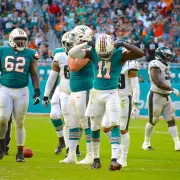
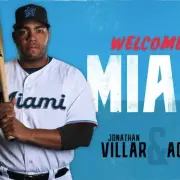
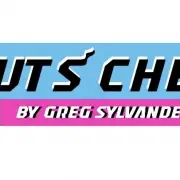

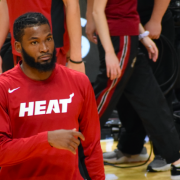

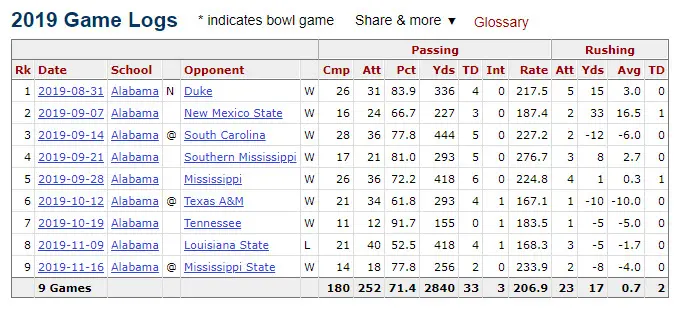
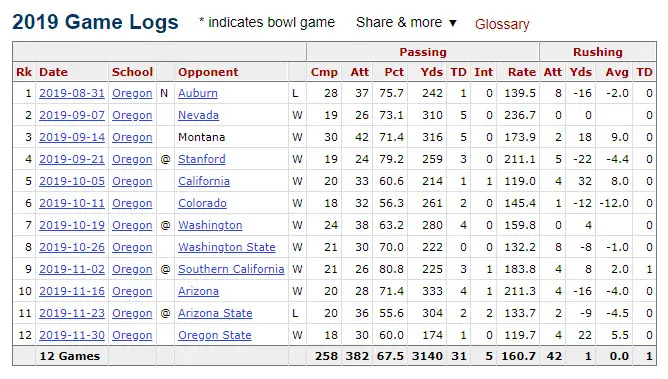
 justin herbert vs arizona
justin herbert vs arizona
